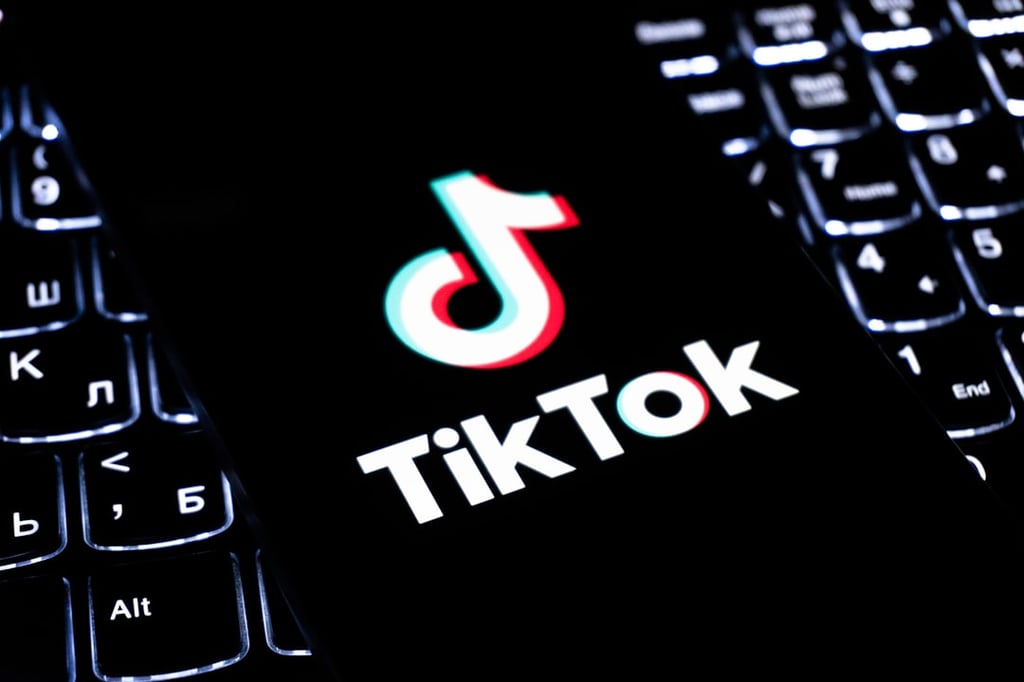Like its consumer counterpart, the Industrial Internet of Things (IIoT) is full of potential. But realizing that potential is currently a struggle for business leaders, according to a new study from the Business Performance Innovation (BPI) Network. The professional networking organization, along with CMO Council, Penton’s IoT Institute and software specialist The Nerdery, recently surveyed […]
Datamation content and product recommendations are
editorially independent. We may make money when you click on links
to our partners.
Learn More
Like its consumer counterpart, the Industrial Internet of Things (IIoT) is full of potential. But realizing that potential is currently a struggle for business leaders, according to a new study from the Business Performance Innovation (BPI) Network.
The professional networking organization, along with CMO Council, Penton’s IoT Institute and software specialist The Nerdery, recently surveyed 350 executives worldwide to examine the state of IIoT readiness in the corporate world. The results show that many business are still struggling to take that first step to highly automated, hyper-efficient workplaces.
The study found that 41 percent of all executives, including 52 percent of executives who work for large enterprises, expect the IIoT to have a profound or significant impact on their industry in the next three years. Within their respective industries, 55 percent of respondents said the IIoT is gaining traction.
That traction is a bit tenuous, reflecting the nascent stage of the IIoT revolution.
Only 1.5 percent of respondents at large enterprises said their IIoT projects are well underway. Fifty-seven percent have pilots up and running, are in the planning stages or have at least committed to implementing their IIoT initiatives.
“Executives are telling us that IIoT technologies are about to play a significant role in business and industrial performance, delivering significant improvements in operational efficiency and uptime, as well as growth from new business models, products, services and customer experiences,” said Dave Murray, Head of Thought Leadership at the BPI Network, in a statement. “Nevertheless, less than 2 percent of large companies say they have a clear vision for how to move forward or have large-scale implementations underway.”
The apparent disconnect may be a blessing in disguise. “That dichotomy suggests we are experiencing the lull before the storm of IIoT transformation. This is an opportunity for real competitive differentiation and advancement,” Murray continued.
Revealing some of the pain points in adopting IIoT technologies, executives said businesses need new technical skills (51 percent), improved data analytics and integration capabilities (41 percent) and a reassessment of business models (33 percent).
Many businesses also face a major skills gap (31 percent), though there are signs that it is “improving somewhat” for a significant number of companies (31 percent). Some said their IIoT skills are rapidly improving while just seven percent think their employees have the most of the skills required.
Pedro Hernandez is a contributing editor at Datamation. Follow him on Twitter @ecoINSITE.
-
Huawei’s AI Update: Things Are Moving Faster Than We Think
FEATURE | By Rob Enderle,
December 04, 2020
-
Keeping Machine Learning Algorithms Honest in the ‘Ethics-First’ Era
ARTIFICIAL INTELLIGENCE | By Guest Author,
November 18, 2020
-
Key Trends in Chatbots and RPA
FEATURE | By Guest Author,
November 10, 2020
-
Top 10 AIOps Companies
FEATURE | By Samuel Greengard,
November 05, 2020
-
What is Text Analysis?
ARTIFICIAL INTELLIGENCE | By Guest Author,
November 02, 2020
-
How Intel’s Work With Autonomous Cars Could Redefine General Purpose AI
ARTIFICIAL INTELLIGENCE | By Rob Enderle,
October 29, 2020
-
Dell Technologies World: Weaving Together Human And Machine Interaction For AI And Robotics
ARTIFICIAL INTELLIGENCE | By Rob Enderle,
October 23, 2020
-
The Super Moderator, or How IBM Project Debater Could Save Social Media
FEATURE | By Rob Enderle,
October 16, 2020
-
Top 10 Chatbot Platforms
FEATURE | By Cynthia Harvey,
October 07, 2020
-
Finding a Career Path in AI
ARTIFICIAL INTELLIGENCE | By Guest Author,
October 05, 2020
-
CIOs Discuss the Promise of AI and Data Science
FEATURE | By Guest Author,
September 25, 2020
-
Microsoft Is Building An AI Product That Could Predict The Future
FEATURE | By Rob Enderle,
September 25, 2020
-
Top 10 Machine Learning Companies 2020
FEATURE | By Cynthia Harvey,
September 22, 2020
-
NVIDIA and ARM: Massively Changing The AI Landscape
ARTIFICIAL INTELLIGENCE | By Rob Enderle,
September 18, 2020
-
Continuous Intelligence: Expert Discussion [Video and Podcast]
ARTIFICIAL INTELLIGENCE | By James Maguire,
September 14, 2020
-
Artificial Intelligence: Governance and Ethics [Video]
ARTIFICIAL INTELLIGENCE | By James Maguire,
September 13, 2020
-
IBM Watson At The US Open: Showcasing The Power Of A Mature Enterprise-Class AI
FEATURE | By Rob Enderle,
September 11, 2020
-
Artificial Intelligence: Perception vs. Reality
FEATURE | By James Maguire,
September 09, 2020
-
Anticipating The Coming Wave Of AI Enhanced PCs
FEATURE | By Rob Enderle,
September 05, 2020
-
The Critical Nature Of IBM’s NLP (Natural Language Processing) Effort
ARTIFICIAL INTELLIGENCE | By Rob Enderle,
August 14, 2020
SEE ALL
ARTICLES
Pedro Hernandez is a contributor to Datamation, eWEEK, and the IT Business Edge Network, the network for technology professionals. Previously, he served as a managing editor for the Internet.com network of IT-related websites and as the Green IT curator for GigaOM Pro.









